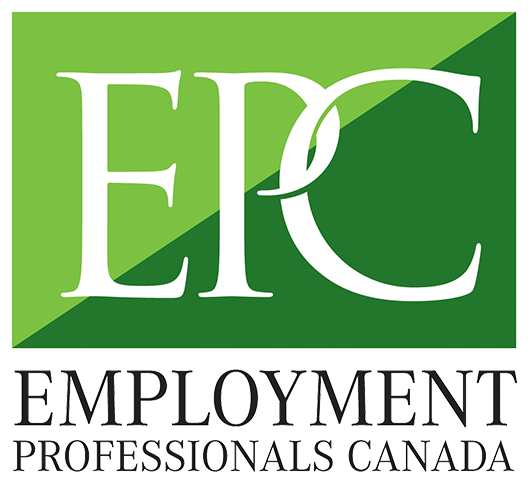Many leaders fail to effectively track a critical part of their business: the hiring function.
Are you using these key metrics to drive hiring excellence and keep your plan on track, as the fourth quarter approaches?
Time to Fill
Productivity continues to decline the longer positions sit open. As time passes, you lose momentum on drawing a leading candidate to the job.
- Is it taking too long to fill business-critical roles? Then you need to take a good hard look at your hiring process and your employer-value proposition.
- Companies with strong talent management processes hire faster than their competition. Compare your time to hire across different roles, and aim to lower the average.
Time from Engagement to Offer
The best talent doesn’t have to wait around for you to make them an offer. Get your entire hiring team in sync and look for any opportunity to build speed into this process.
- Set assertive, but realistic goals. Making an offer within two weeks of initially engaging a candidate is a good rule of thumb. This may not be realistic with every single position, but if an applicant languishes for weeks with no news on the job, they will move on.
Percentage of Acceptances
Hiring is time-consuming and costly. It’s important not to waste time going through the interviewing process, just to have a top candidate turn down your offer. Your percentage of acceptances should be 80 or above.
- Be sure your team lays the groundwork from day one. They need to be trained to effectively sell your company, as well as the job on the table.
- If they don’t accept, where do they go? It’s one thing to lose a candidate to an industry leader. But if you lose them to anything less, you need to do something differently.
Percentage of Performance Success
Implement a rating system for employees throughout your organization. Keep track of how many earn high ratings from their managers six months post-hire. If you’re not satisfied with the numbers, you need to drill down and see where and why this breakdown is occurring.
Sourcing Channels
If you’re strategic about recruiting, you will have multiple channels from which to source potential candidates. These include:
- Carefully selected job boards.
- LinkedIn and other social media advertising.
- Ongoing contact with passive candidates.
- A pool of potential hires connected to your career page.
For every vacancy, you need to know:
- How many candidates come from each source.
- How many qualified candidates come from each source.
- Where the successful candidate first heard about the job.
Cost of Hire
When calculating the total cost of a new hire, remember to consider all the expenses involved. These include such “hidden” costs as:
- The time it took managers and others to participate in interviews.
- Ads placed.
- Establishing and maintaining social media accounts.
- Accounting and administrative expenses related to new hires, such as payroll, benefits and training.
It all comes down to the bottom line. Is your hiring process bleeding red ink?
It’s not too late to implement some quick changes to salvage your 2015 hiring statistics if needed. And now is the time to start a clean slate for hiring success in 2016. If it all seems overwhelming – or you want to further enhance your already strong strategy – contact the specialized recruiters at Employment Professionals Canada today.

